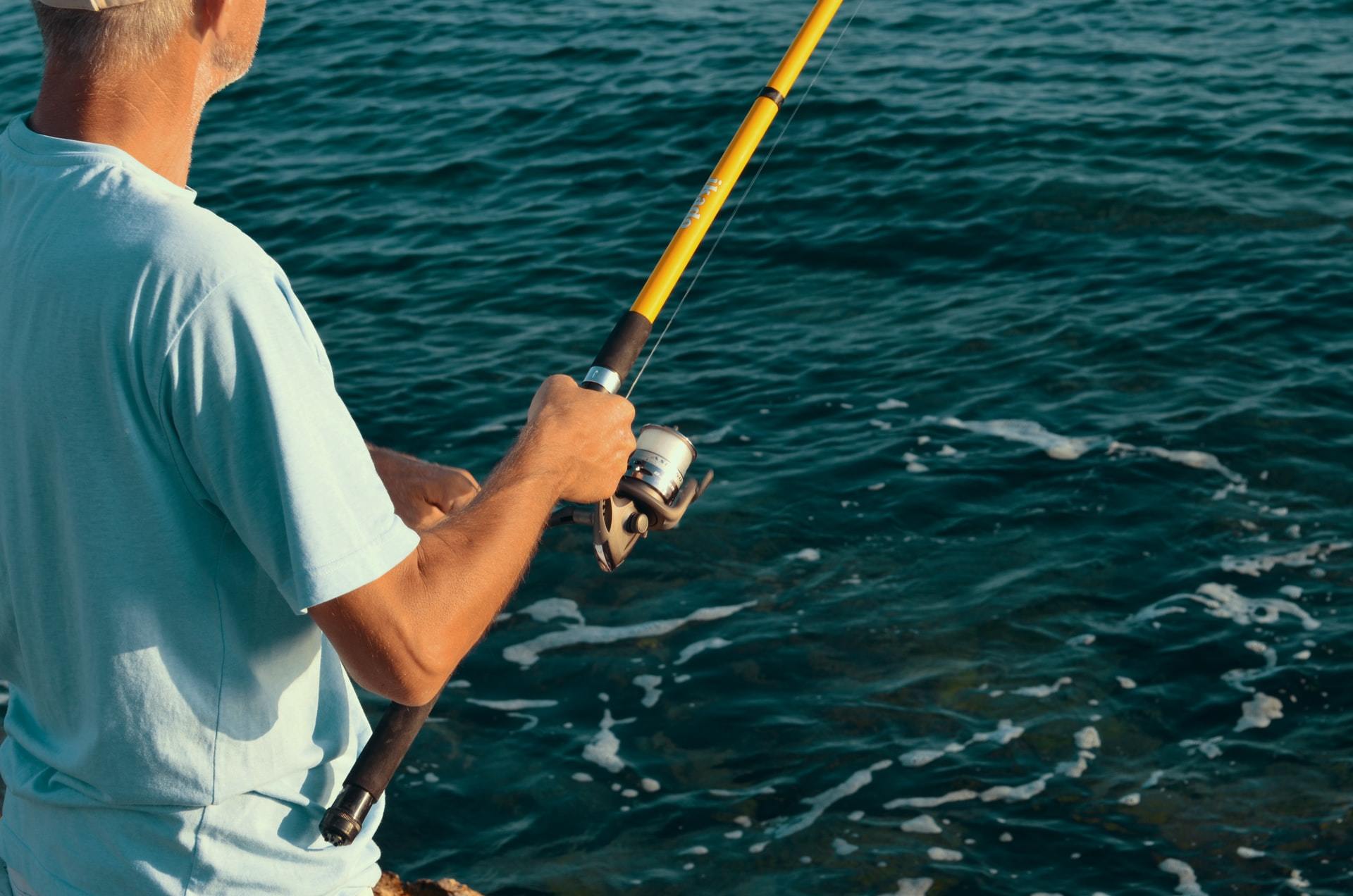What to Put in a Freshwater Tackle Box: The Ultimate Fishing Guide
A freshwater tackle box is a fishing essential made of wood, plastic, or metal, and it is built with small boxes where each gear and tool is placed to prevent them from mixing up. Well-equipped fishers use this box to ensure that they got everything they need before heading to the fishing location. If you decide to make fishing a hobby, you might wonder what to put in a freshwater tackle box.
There is a wide range of gears that need to be considered inside the tackle box. The content varies depending on what kind of fish you are going to catch. It also comes down to the fisher’s personal preference.
Nonetheless, every freshwater tackle box should come with the basic gears. Many experienced fishing hobbyists share their opinions on which gears should always be included in every tackle box, and we will share those with you.
What to Put in a Freshwater Tackle Box: The Basic Gears
We have listed the basic gears that must be put inside the tackle box.
How to Install a Fishfinder - Step by Step Instructions
1. Extra Hooks
There are different kinds and sizes of fishing hooks and each of which is used for various types of fish. The smallest hook is numbered 32 while the largest one is 19/0. The traditional hook is the J-hook, but many fishers also use the French hook.
It is important that the tackle box contains hooks of different sizes since you can’t use a 120-pound catfish hook for a river trout.
2. Extra Line
When you go fishing, there’s a high chance that your fishing line breaks or gets tangled. You may also need a more durable line for fishing in difficult conditions to prevent snapping.
When fishing in shallow water, a thin fishing line will do. It is always good to bring some extra lines in your freshwater tackle box so that you can have a good deal on where you fish and what kind of fish you are going to catch.
3. Sinkers
The hook and worm are not enough to sink very deeply. You will need a so-called sinker to add weight.
The sinker is usually made of lead, but it is already being banned in some states due to environmental reasons. Other materials that sinkers are made of are tungsten, brass, bismuth, and steel. It is easy to lose sinkers when fishing, so it is convenient to bring extra inside your tackle box.
4. Floaters
Floaters or bobbers are usually round, red-and-white plastic that sinks when a fish bites into the worm. Nevertheless, there are other kinds of floaters aside from the round red-and-white ones.
Both help you to know when to reel in your catch, and they can easily be clipped onto the line. However, the disadvantage is it limits you on how deep you can cast your fishing line.
On the other hand, a slip bobber needs to be rigged through the line which takes time and effort, but it is worth it. With a slip bobber, you can cast your hook deeper into the water.
The oldest and most practical kind of floater is a piece of cork with a stick. You can simply tie into your fishing line, and you’re ready for fishing.
5. Plastic Worms
While live bait is preferred by most fishers, bringing a pack of plastic worms inside the tackle box is always good especially when you go bass fishing. It comes in different colors and sizes, but the easiest to use are the worms with long tails.
There is a superstition that a specific color increases your luck for successful bites. Some fishers believe that if you’ve had many bites with a specific color of a plastic worm, it is a lucky charm and you probably want to keep using it.
6. Needle Nose Pliers
This tool is used to take the hook out of the fish mouth after you catch them. Therefore, it would be convenient to include one inside the tackle box.
7. First Aid Kit
You won’t have to bring an extensive first aid kit. A small bag that contains bandages, band-aids, medical tape, and Neosporin will do. Sometimes, small injuries happen so it is good that you always bring a first aid kit in your tackle box.
8. Line Cutter
There are times when your line gets tangled or get a snag that is hard to remove, and your only choice is to cut it. To do such, you need a pocket knife or a pair of nail clippers. The latter does the job more conveniently and efficiently than a pocket knife.
9. Sunscreen
When you go fishing, you are probably going to be under the sun all day. In order to protect your skin from the harsh UV rays and prevent your face from looking so dull, apply some sunscreen. Admit it; you will probably forget about putting some before you leave the house, so keeping a sunscreen inside your tackle box will remind you to put it on.
10. License and I.D. Guide
Always bring your license with you to avoid fine and inconvenience. Also, the I.D. guide enables you to brag about the type of fish you are catching.
Ultimate Tackle Box: Complete Checklist
For ultimate and complete fishing experience, you might want to consider adding up more gears in the long run. Among these tools are the following:
- Hook hone: The hook hone helps keep your hook sharp while you’re out fishing. In turn, a sharp hook will increase the likelihood of catching more fishes.
- Fillet knife: If you want to eat the fish right after you catch it, you should bring a fillet knife. Cleaning the fish is a difficult task, but using the proper tool will ease it.
- Measuring tape: It is illegal to catch a fish that is too small to keep. Therefore, you need a measuring tape to check if you are following the local legal fish sizes. You can also use it for measuring the huge fish that you caught for bragging rights.
Conclusion
Whenever you decide to go on your weekly fishing hobby, you get everything that you need in one place as long as you know what to put in a freshwater tackle box. In this box, you can put every tool that is essential for fishing. It also saves you from authorities because you can also keep your fishing license, ID, and measuring tape inside the tackle box.
Happy fishing!
We like to share product recommendations with you and hope you like them! Just to make you aware FishingLab may collect a small share of sales or other compensation from the links on this page.







